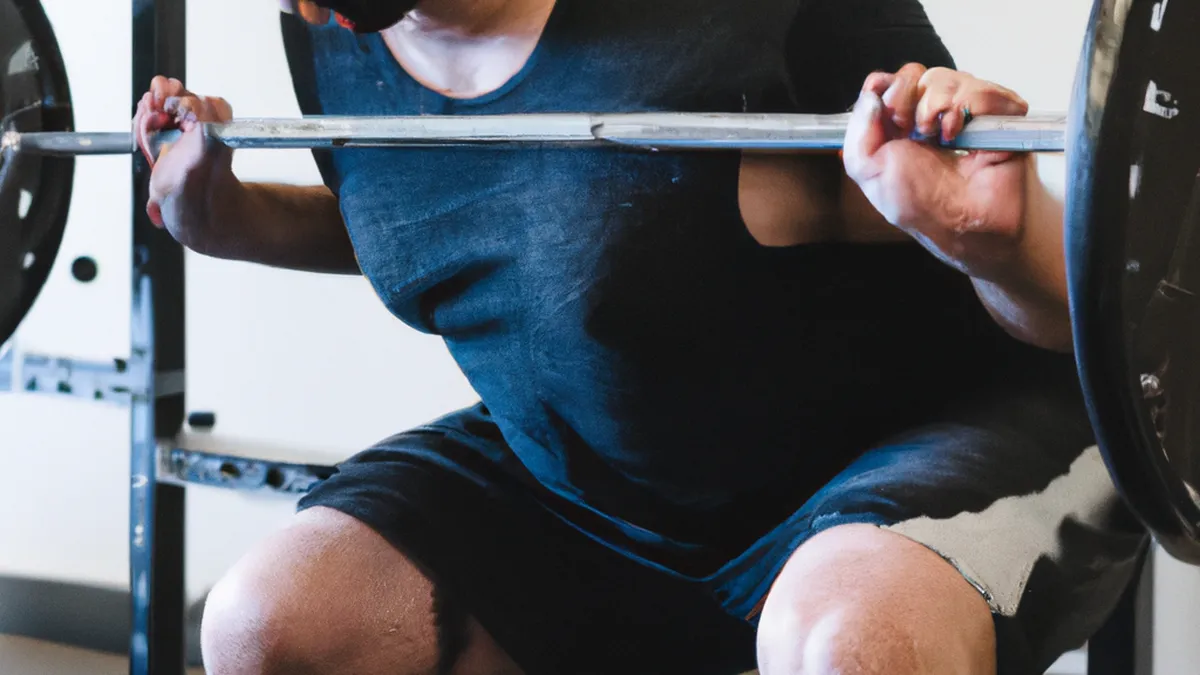Bouncing Back: Safe Plyometric Tips
Safe Plyometric Modifications for WomenPlyometric exercises boost strength and agility. They can be intense for women new to training. Women can safely enjoy plyometrics with simple modifications. Let’s explore safe modifications that enhance workouts and reduce injury risk.
Understanding Plyometrics
Plyometrics involve explosive movements that increase power. These exercises include jumps, hops, and bounds. They build strength but may strain joints if done improperly. Modifying these exercises is crucial for safety.
Key Factors for Safe Plyometric Training
Recognize key factors for safe plyometric training. First, pay attention to your body’s signals during exercises. Second, maintain good form to lower injury risk. Lastly, gradually increase workout intensity. Start slow and progress as you gain strength.
Modified Plyometric Exercises
As an Amazon Associate I earn from qualifying purchases.
Gear tip: consider compression socks, liquid chalk, and compression sleeves to support this topic.
Now, let’s examine safe plyometric modifications. These adjustments help you perform exercises effectively while keeping your body safe.
1. Box Jumps to Step-Ups
Box jumps can intimidate beginners. Instead, try step-ups. Stand in front of a sturdy platform. Step one foot onto the platform, then bring the other foot up. Step back down one foot at a time. This modification builds strength without high impact.
2. Jump Squats to Squat Pulses
Jump squats can strain your knees. Instead, perform squat pulses. Start in a squat position. Lower your body slightly and rise up a few inches. Repeat this motion several times. This modification maintains leg tension while minimizing impact.
3. Lateral Bounds to Side Steps
Lateral bounds jump side to side, stressing hips and knees. For safety, try side steps. Stand with feet shoulder-width apart. Step to the side with one foot, then bring the other foot to meet it. Repeat, focusing on controlled movement. This approach improves lateral strength safely.
Tips for Effective Plyometric Training
When incorporating plyometrics into your routine, keep these tips in mind.
Warm Up Properly
Always warm up before starting plyometric exercises. A proper warm-up prepares your muscles and joints. Spend five to ten minutes doing dynamic stretches and light cardio. This routine increases blood flow and reduces injury risk.
Focus on Quality, Not Quantity
Prioritize quality over quantity in modified plyometrics. Aim for fewer repetitions with perfect form. This approach ensures better muscle engagement and reduces injury risk.
Incorporate Rest Days
Rest is vital for recovery during high-impact exercises. Include rest days in your routine. This practice allows muscles to recover and grow stronger. Listen to your body and take breaks as needed.
Benefits of Modified Plyometrics
Modified plyometrics offer numerous benefits. They improve strength and power safely. You can enhance athletic performance without risking injury. These modifications also boost cardiovascular fitness, elevating your heart rate effectively.Additionally, modified plyometrics increase muscle endurance. Your muscles adapt and grow stronger through these exercises. Furthermore, these movements enhance coordination and balance. You’ll improve your overall athleticism, making you more agile.Finally, modified plyometrics can be fun! The variety keeps workouts interesting. You can challenge yourself while enjoying the process.
Conclusion
Plyometric exercises can enhance any fitness routine. However, approach them safely, especially for women. By making simple modifications, you can enjoy plyometrics without injury risks. Incorporate these changes into your workouts, listen to your body, and focus on quality. With practice, you’ll enhance strength, power, and fitness. Remember, prioritizing safety leads to lasting success in your fitness journey.
Below are related products based on this post:
FAQ
What are plyometric exercises?
Plyometric exercises involve explosive movements designed to increase power and strength. Common examples include jumps, hops, and bounds, which can significantly enhance athletic performance when performed correctly.
Why is it important to modify plyometric exercises?
Modifying plyometric exercises is crucial for safety, especially for beginners. These modifications help reduce the risk of injury while allowing individuals to build strength and agility at a manageable level.
What are some safe modifications for plyometric exercises?
Safe modifications include using step-ups instead of box jumps, squat pulses instead of jump squats, and side steps instead of lateral bounds. These alternatives maintain the effectiveness of the workout while minimizing impact on the joints.















Post Comment